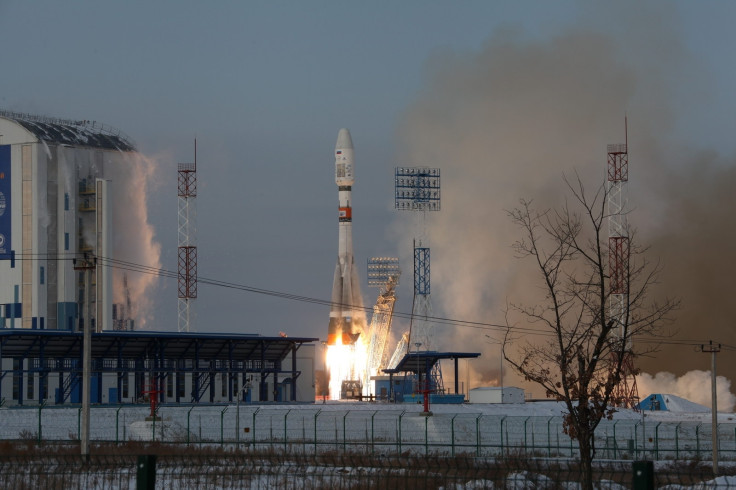Russia puts off satellite launches after Fregat 'space tug' failure
19 satellites, including a weather observatory, were lost after the Soyuz-2.1b rocket failed to reach orbit.

The scheduled launch of Kanopus-V from Vostochny cosmodrome in Russia has been postponed to 2018 following a failure in launching Soyuz-2.1b rocket on 28 November, which also led to a loss of 19 satellites from the US, Canada, and several other customers. Roscosmos, the Russian space agency, is investigating the crash.
The agency has frozen all missions that was set to use the "Fregat" — upper stage of the rocket that failed — pending the investigation. Scheduled launches of the Glonass-M and one other unspecified launch with communication satellites have also been postponed, reports tvzvezda, a Russian news outlet, quoting Izvestia.
The report also mentions an emergency commission that is working towards investigating the launch failure, which Russian Prime Minister Dmitry Medvedev has described as a "reputational problem" for Russia's space industry.
A report on the Fregat failure by Space Flight Now (SFN) says that the Russians will be completing the full report on the launch by mid-December. The focus of the probe has been narrowed down to the Fregat's guidance computer.
#Roscosmos pinpoints #Fregat crash site in the failed #Soyuz mission from #Vostochny spaceport on November 28! Details: https://t.co/NKWCBxcHP5 pic.twitter.com/P4CrjlZApG
— Anatoly Zak (@RussianSpaceWeb) December 1, 2017
The Fregat was carrying 19 satellites including a Russian weather observatory "Meteor M2-1", as well as cubesats for Japanese, Canadian, US and other European clients. After launch, the Meteor did not make contact with ground control and that was when it was realised that something had gone wrong.
After separating from Soyuz's third stage, Fregat was supposed to fire its main engines seven times. The Soyuz launch vehicle and its first three stages functioned correctly, the SFN report notes. It carried the payload up to an arcing ballistic trajectory, just shy of the altitude required for its satellites to be placed in orbit. Fregat's engines were supposed to take over and provide the extra velocity required. Its first burn should have taken it to parking orbit and the next five burns were planned for the release of the 19 satellites that were to take four different orbits.
The final burn was supposed to "de-orbit" the Fregat and nudge it into the atmosphere, where it should have burned up.
Exactly 9 minutes and 23 seconds after the launch, the first three stages finished their work, but when it came to the Fregat to take over, its guidance computers suffered a glitch. It caused the Fregat to make an unplanned 360 degree turn before starting its first 77 seconds long burn that should have put the craft into orbit.
A video shot over the North Atlantic by a British Airways flight crew captured a large ball of fire, likely to be the Fregat and its 19 passengers burning up in the atmosphere.
A friend of mine sent me this video coming back from Montreal. A Russian satellite was lost after failing to enter orbit, and they believe this is it burning up entering the Earth's atmosphere. It's absolutely STUNNING to watch. #AviationLovers #Space pic.twitter.com/O7yrTD62Uo
— Victoria Louise (@ThatJetsetGirl) November 28, 2017





















